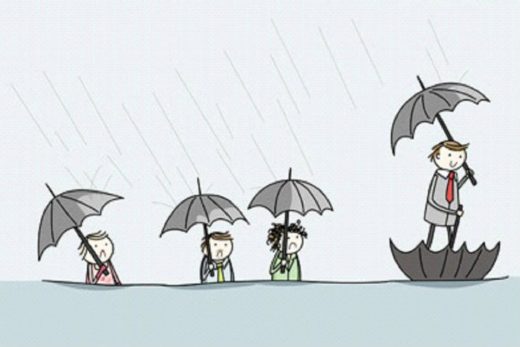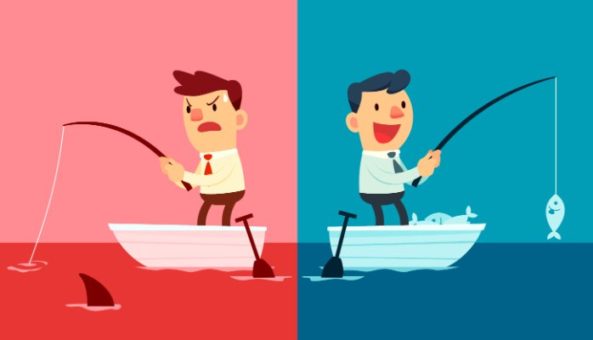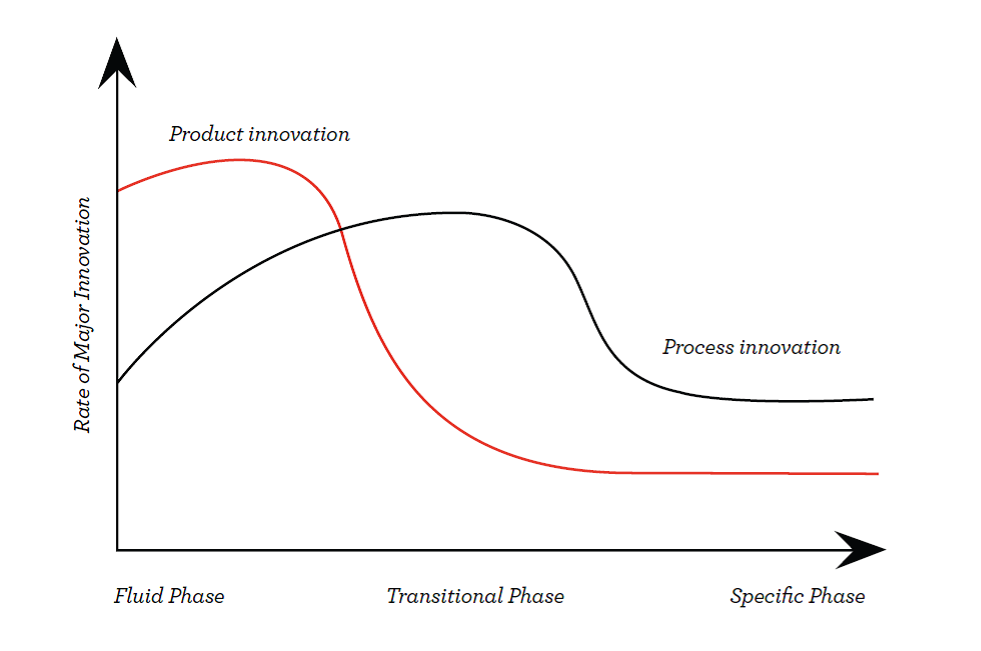Growth creates a need for structure and discipline, organization changes which can strain the culture of creativity that is so vital to future success. To sustain competitive advantage, companies need to institutionalize the innovation process; they need to create an internal environment where creative thinking is central to their values, assumptions and actions.
Innovation is the engine of growth. It is also a mindset – meaning it is influenced by beliefs, values, and behavior. Company culture therefore has a huge influence on innovation, being able to either facilitate it or restrain it. Realizing this, many companies have attempted to put systems and processes into place that encourage an innovation culture.… Read the rest



